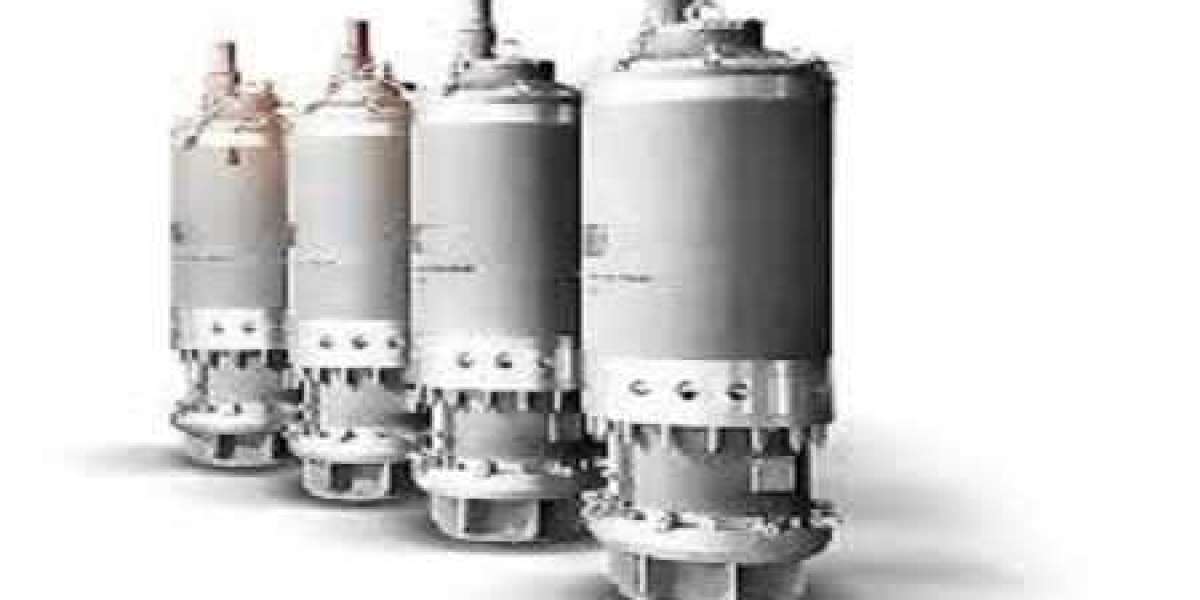Industry Overview of Residential Battery Market
IMARC Group, a leading market research company, has recently releases report titled “Residential Battery Market: Global Industry Trends, Share, Size, Growth, Opportunity and Forecast 2023-2028.” The study provides a detailed analysis of the industry, including the global residential battery market share, size, trends, and growth forecasts. The report also includes competitor and regional analysis and highlights the latest advancements in the market.
What is a Residential Battery?
Residential batteries are energy storage units installed in homes to store electricity from the power grid or renewable sources like solar and wind. They come in two main types: lithium-ion (Li-ion) batteries and lead-acid batteries, consisting of an anode, cathode, electrolyte, and separator. These batteries can power various appliances and devices in a home based on their storage capacity. They are also utilized in smart meters and prove particularly beneficial in remote areas with an unstable grid connection. Residential battery models are known for being cost-effective, durable, safe, stable, and lightweight. They have a quick charging time, help reduce carbon emissions, lower electricity costs, and provide resilience to home electricity supply. As a result, there is a high demand for residential batteries among consumers worldwide.
How Big Is the Residential Battery Market?
The global residential battery market size reached US$ 12.2 Billion in 2022. Looking forward, IMARC Group expects the market to reach a value of US$ 28.3 Billion by 2028, exhibiting a growth rate (CAGR) of 13.78% during 2023-2028.
What Are the Growth Prospects and Trends in Residential Battery Industry?
The residential battery market is experiencing growth due to several factors. One of the primary drivers is the increasing adoption of solar power generation in residential and commercial spaces, driven by its cost-effectiveness. Furthermore, there is a preference for lithium-ion (Li-ion) batteries over lead-acid batteries, as Li-ion batteries offer better voltage maintenance throughout the discharge cycle and greater efficiency for electrical components. The market is also being positively influenced by the development of smart residential batteries that can be easily integrated with smartphones, allowing users to manage and monitor the equipment according to their needs. Additionally, the introduction of new batteries with enhanced battery materials and reduced non-active materials is expected to improve cell design, battery performance, and production yield, driving the growth of the residential battery market in the forecasted period.
What Is Included in Market Segmentation?
The report has segmented the market into the following categories:
Breakup by Type:
- Lithium-ion Battery
- Lead-acid Battery
- Others
Breakup by Power Rating:
- 3-6 kW
- 6-10 kW
- More than 10 kW
Breakup by Operation:
- Standalone
- Solar
By Geography
• North America (United States, Canada)
• Europe (Germany, France, United Kingdom,
Italy, Spain, Others)
• Asia Pacific (China, Japan, India, Australia,
Indonesia, Korea, Others)
• Latin America (Brazil, Mexico, Others)
• Middle East and Africa (United Arab Emirates, Saudi Arabia, Qatar, Iraq, Other)
Who are the key players operating in the industry?
Amara Raja Batteries Limited, Delta Electronics Inc., Eaton Corporation plc, Energizer Holdings Inc., FIMER S.p.A., LG Energy Solution Ltd., Luminous Power Technologies Pvt. Ltd. (Schneider Electric SE), Panasonic Corporation, Samsung SDI Co. Ltd., SMA Solar Technology AG and Tesla Inc.






